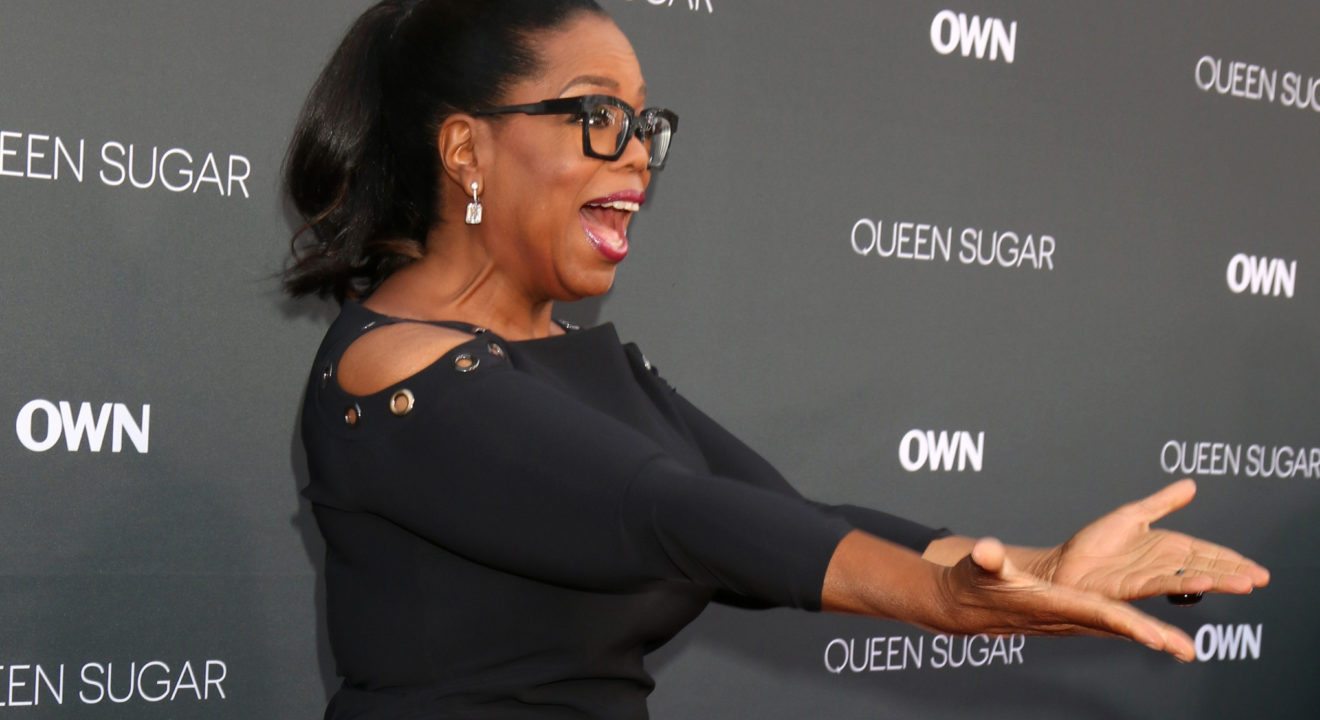Uncategorized February 21, 2017


When Oprah Winfrey announced her partnership with weight-loss company Weight Watchers, which included a 10% stake in the company and board membership, the company’s stock prices soared. Investors hoped the media mogul’s endorsement would produce a boost in enrollment, thanks to a phenomenon known as “the Oprah effect.” Winfrey’s stamp of approval has previously sent books sky-rocketing to #1 on The New York Times bestseller list and created frenzied, sold-out demand for products in her annual “Favorite Things” roundup.
Since the day Oprah took to Twitter to share her Weight Watchers story, her initial investment of $43 million has nearly doubled. However, a boost in new program subscribers has been slow to materialize. The quarter following Winfrey’s announcement showed a decline in active subscribers by 4.8 percent. Stock prices began to falter as a result.
Some reporters questioned whether Oprah was the right choice for the brand. Throughout her career, the celebrity has been open about her struggles with yo-yo dieting, leading to back-and-forth weight loss and regain. Additionally, Oprah helped launched the career of Dr. Oz, known for hocking pseudo-science miracle diets on his talk show. It was unclear whether Oprah still possessed the credibility to promise lasting weight loss results or advise fans on health and nutrition issues. CEO Jim Chambers shared his initial disappointment with stock and enrollment numbers, stating “our turnaround will take longer than anticipated.”
Along with television commercials featuring Oprah, the company began to revamp its weight loss programs at the same time. To keep pace with the increasing popularity of more holistic approaches to wellness, Weight Watchers launched “Beyond the Scale,” which widened the program’s focus from just weight loss to overall health and nutrition. Similarly, the “points” system, a cornerstone of the Weight Watchers program, switched to SmartPoints. This change in point calculation takes into account additional factors like “bad” or “good” fats and separates sugars from other carbs.
While Weight Watchers struggled to embrace new technology, fitness trackers like FitBit and Jawbone as well as free applications like MyFitnessPal became competitive alternative to the subscription-based program. Now members can use third-party wearables, or the company’s own ActiveLink monitor, to track their diet and exercise. Over half of the company’s North American users maintain an online-only membership, skipping the in-person meetings once thought to be a crucial component of the Weight Watchers program. These changes symbolize a greater shift in leadership and a renewed dedication to innovation at the company.
It seems that the sum of these changes to Weight Watcher’s program and its digital offerings, combined with Oprah’s spotlight to highlight its new approach, may finally pay off for the brand. In May, over six months after Oprah’s initial endorsement, Weight Watchers experienced an enrollment increase for the first time in four years. According to MarketWatch, CEO Jim Chambers expressed his belief that “consumer momentum is proven, and the transformation is working.”
However, this success is far from final. This quarter included the New Year’s resolution “season,” which typically accounts for 40% of Weight Watcher’s new business annually. With a global gain of 5%, and North America leading with a11.2% growth rate, Oprah likely generated awareness for recent program improvements. However, it’s unclear whether the positive trend will continue into next quarter once the zeal of New Year’s resolutions wears away.
The weight loss brand is working to embrace its potential as a holistic lifestyle brand, acknowledging that this “ideal” target lifestyle might be dramatically different now than at the company’s genesis. The modern woman is looking for ways to incorporate health and wellness into her everyday life –without adding additional meetings and obligations. In fact, most millennials prefer self-serve options that minimize interactions with customer service. With a target demographic at age 34, Weight Watchers needs to recognize that it’s dealing directly with the top end of the millennial generation.
While Oprah’s star power certainly holds sway, other factors, like the program’s digital user experience could hold just as much importance. If Weight Watchers can continue to shift from mandatory community participation to more organic, impromptu digital interactions, such as the 24/7 chat feature now available on its website, the company stands to continue its growth.
Sorry, no related posts found.